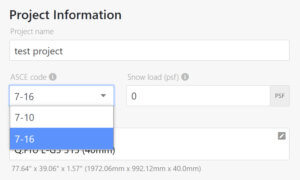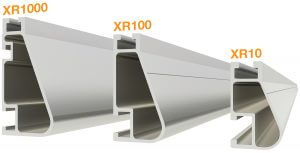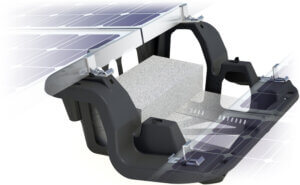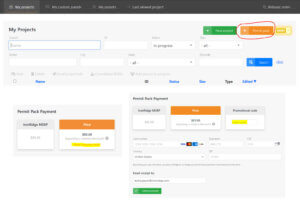Every six years, the American Society of Civil Engineers / Structural Engineering Institute publishes ASCE/SEI 7 – Minimum Design Loads and Associated Criteria for Buildings and Other Structures. The latest version, 2016, has now been adopted into Building Codes all over the US, replacing ASCE 7-10.
So, what does this mean for solar installers?
ASCE 7-16 introduces a whole host of changes, including new roof types, roof zones, and a specific section of the code for solar instead of tucking it underneath “Cladding and Components.” Some things remain the same as before (like the location of Roof Zone 1 for pitched roof solar installations), and some things are very different (like design considerations for Edge & Exposed modules in an array).
And take a look at the ASCE 7-16 calculation for roof zone dimensions:
a = 10 percent of least horizontal dimension or 0.4h, whichever is smaller, but not less than either 4 percent of least horizontal dimension or 3 ft. If an overhang exists, the edge distance shall be measured from the outside edge of the overhang. The horizontal dimensions used to compute the edge distance shall not include the overhang distance.
For Hip Roofs with a roof slope between 7 and 20 degrees, tables are broken up between buildings with a height to width ratio (h/B) greater than 0.8 or less than 0.5. If the building the array is being mounted on falls between these values, compare both tables and choose the higher value.
It’s all enough to make your head spin.
Thankfully, we’ve done the legwork (and the math) so that you don’t have to. Our team of engineers and software developers have integrated ASCE 7-16 into the free Design Assistant tool, which provides site-specific attachment reaction forces and allowable spans for your project. With just a few inputs on your part, attachment spacing in all roof zones is automatically calculated.
All you need to do is select “7-16” under ASCE code. Easy, right?







